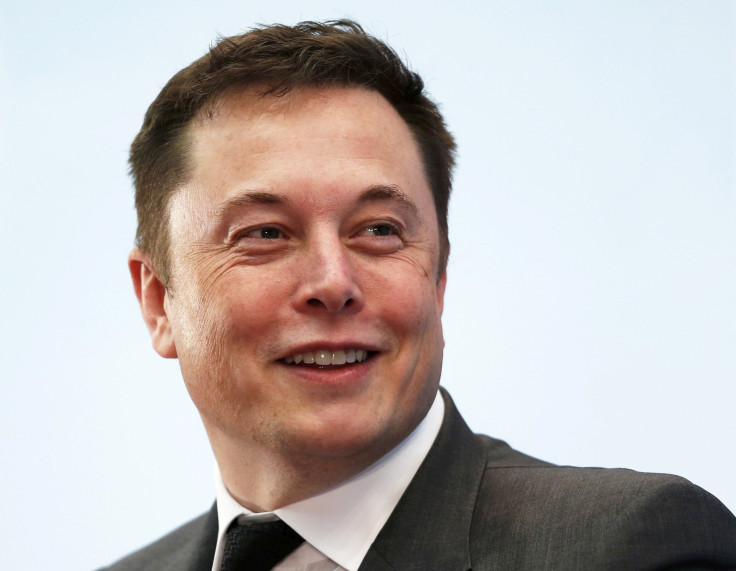Tesla to create 'virtual power plant' that can stabilise power, lower prices

South Australian Premier Jay Weatherill announced on Sunday that Tesla’s latest project will see the installation of solar arrays and Powerwalls on 50,000 Australian homes to create the world’s largest virtual power plant. The homes will reportedly be fitted with 5 13.5 kWh Tesla Powerwall 2 battery systems and kW solar arrays.
“When the South Australian Government invited submissions for innovation in renewable and storage, Tesla’s proposal to create a virtual power plant with 250 megawatts of solar energy and 650 megawatt hours of battery storage was successful,” the company said in a statement. It added that the virtual power plant can provide as much capacity as a coal power plant or huge gas turbine.
The project will be using Tesla Powerwall, the company’s residential battery system. It seeks to produce a decentralised energy storage through a huge virtual power plant. The move is expected to reduce blackouts and rising prices the region has seen in recent times.
The process begins with a trail that involves 1,100 public housing homes. The batteries and panels will not reportedly carry up-front charge for these homes as it will be funded through government funds and by the sale of electricity.
The South Australian premier has confirmed that a trial is underway to install solar panels and Tesla batteries. The program will be rolled out to another 24,000 public housing properties. It will be offered to other households, with the aim to have 50,000 homes connected.
The premier explained that homes will be used as a way to generate energy for the South Australian grid. “Our energy plan means that we are leading the world in renewable energy and now we are making it easier for more homes to become self-sufficient,’’ he added.
A $2 million Australian grant and a $30 million Australian loan will be provided by officials from the Renewable Technology Funds. The households will not directly own the power generated by the solar panels and batteries.
If the initiative goes as intended, it is expected to provide more reliable power in an area where almost half of electricity is from wind farms. Households that opt to participate are expected to see significant savings in their energy bills.
Based on government estimates, those who sign up can see lower power bills by up to 30 percent. A registration of interest has been opened for those who want to participate in the program.





















